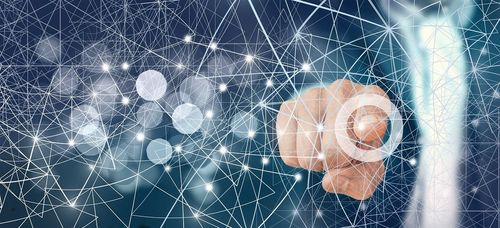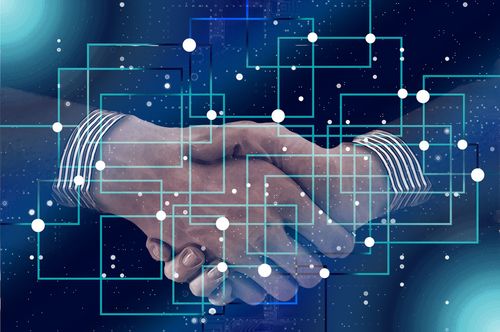Introduction
In recent years, digital transformation and custom software development have become an essential part of the business strategy of many B2B companies. Such software solutions help businesses automate processes, increase efficiency, and provide better services to customers. With the rapid pace of technological innovation, B2B companies struggle to keep up with the latest trends in software development.
Importance of Staying Up to Date - Why Keeping Up with Software Trends Is the Key
When the world is rushing forward, no industry can afford to stand still or slow down as such setbacks could put the less developed enterprises out of business. Therefore, the software development industry must be innovative in order to stay up to speed with all the latest trends.
In the modern world, IT solutions are present and necessary almost everywhere. Although the requirements and ideas of customers and users are getting higher and more future-proof, they still have to be met. Engineers have to follow the latest trends to increase their potential and be prepared for new challenges. In the midst of ever greater competition for IT companies, it is crucial to be innovative. Thanks to this, customers of IT companies can stay ahead of the competition and offer modern solutions for their clients.
The use of the latest technologies is the key to success - not only for companies directly related to the IT industry. Technologies provide more and more possibilities and thanks to them it is possible to respond to the needs of end users more efficiently.
Current Trends Shaping the World of Software Development Technologies
In 2023, there are a lot of important trends, breakthroughs in software development, artificial intelligence advancement, mobile apps, tech solutions that caught our attention. Emerging innovations drive a demand for modern technologies, and global standards constantly affect the specialized technological sphere. In particular, from the perspective of a software developer and designer, it is crucial to absorb the latest information about the emerging technologies to make good decisions and respond effectively to setbacks.
Cloud computing - where collaboration meets efficiency
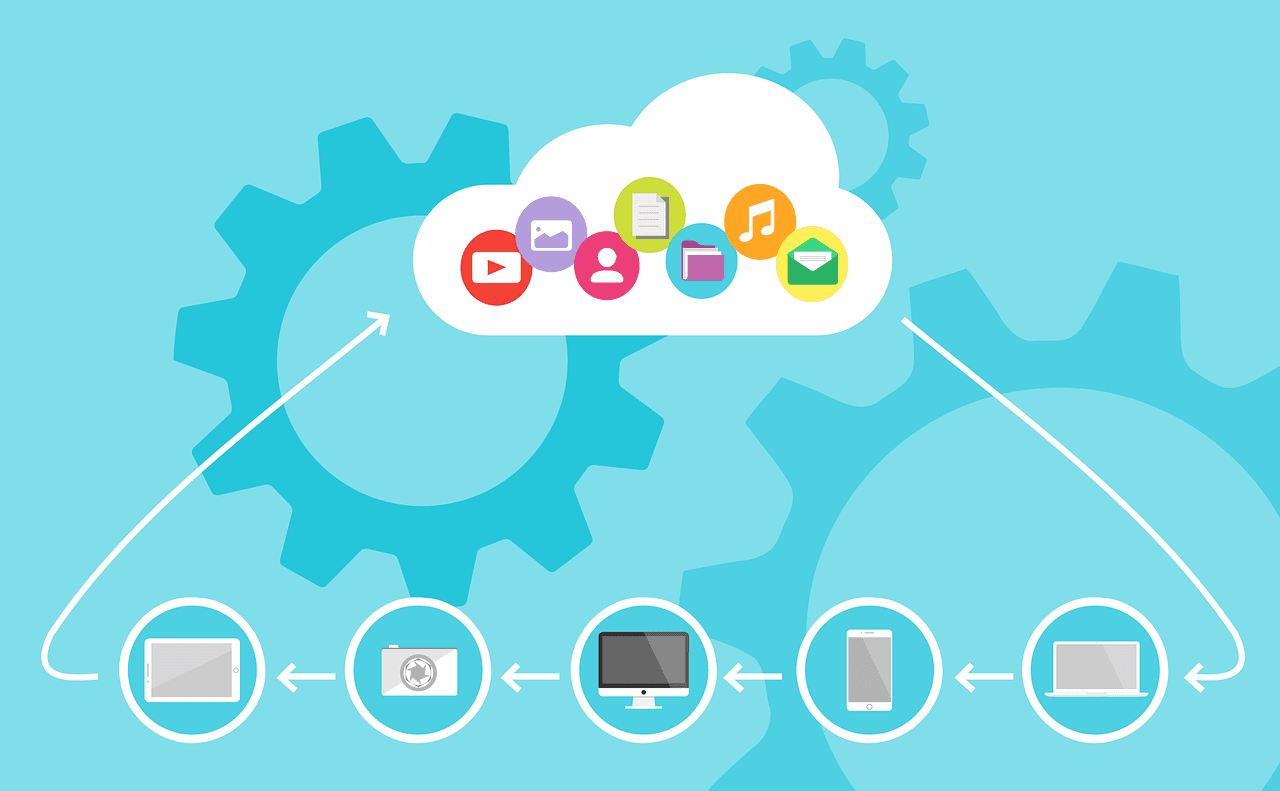
The cloud services give the possibility of remote access to data processing and storage as well as to network resources within the data center or via public cloud providers. Companies can use cloud computing in many ways. It allows them to obtain the necessary resources without the need for on-site equipment. This means that they can also perform services anytime and anywhere.
Another advantage of cloud solutions is the ability to reduce costs by consolidating hardware and managing it in fewer locations. It also guarantees increased collaboration between remote teams and locations.
The race to embrace Artificial Intelligence (AI) and Machine Learning (ML)
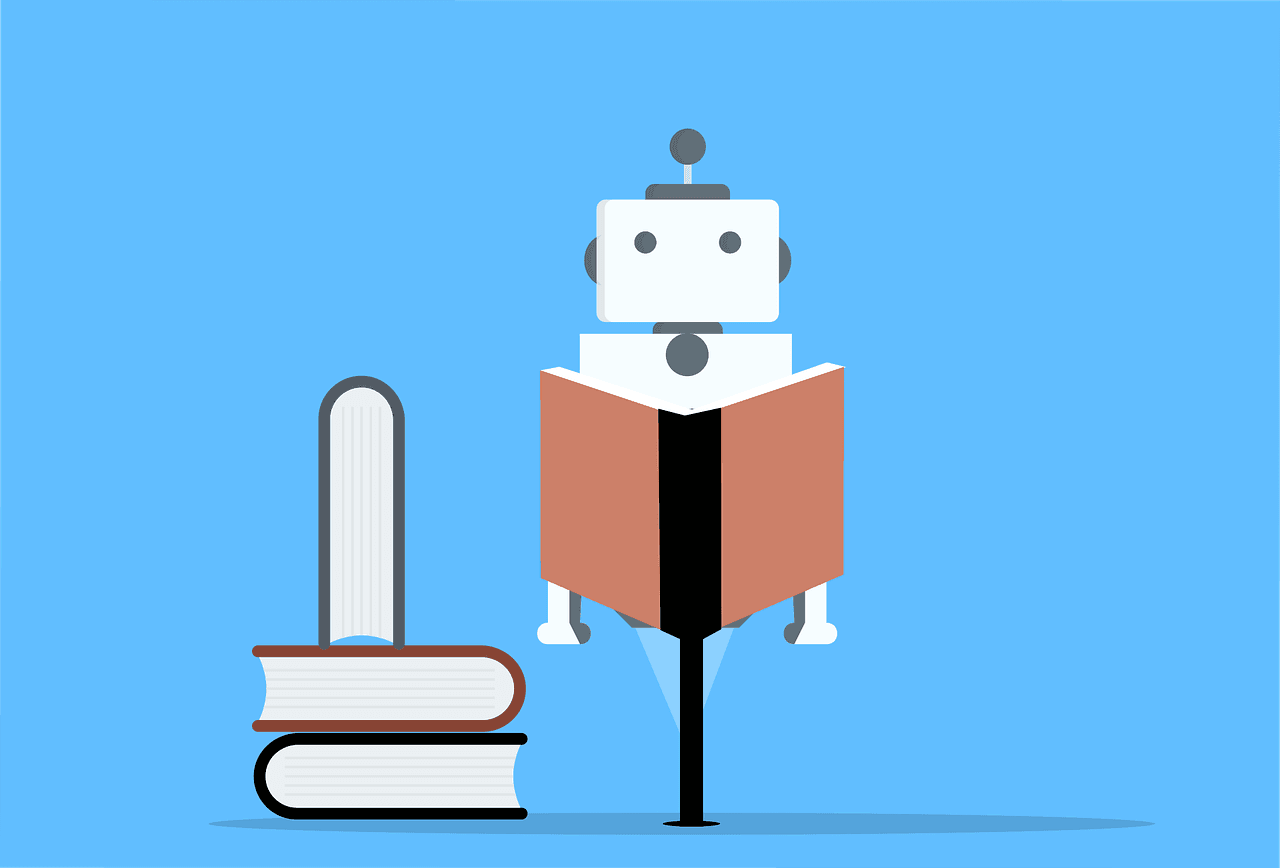
Artificial Intelligence (AI) is defined as the ability of machines and programs to express human skills, e.g., reasoning, learning or planning. It is also the name of a technology and a field of science dealing with the study of the mechanisms of human intelligence and the creation of systems that are able to support or replace the intelligent actions of people. Artificial intelligence is produced and created in a technical process. You can use AI in healthcare, robotics, economics, etc.
Machine Learning (ML) is a specialized branch of artificial intelligence that focuses on processing information and producing algorithms that absorb the way the human mind learns and solves problems. It is a process that consists of:
- entering the data to be analyzed - the algorithm sorts the data;
- science - information is processed and classified - the system can logically combine individual data, finding dependencies;
- drawing conclusions - the computer, after accepting new information, will independently classify the received data based on the experience resulting from the previous steps.
Since AI and ML discovered huge amounts of possibilities, IT companies have been outdoing each other in new ideas for using them. Despite the fact that work on artificial intelligence has been going on for many years, this topic still raises a lot of controversy and pushbacks against its unethical and unjustified use can be observed. In particular, the inappropriate use of AI and the fear that AI will one day outstrip the human mind.
The Internet of Things (IoT) movement continues to grow
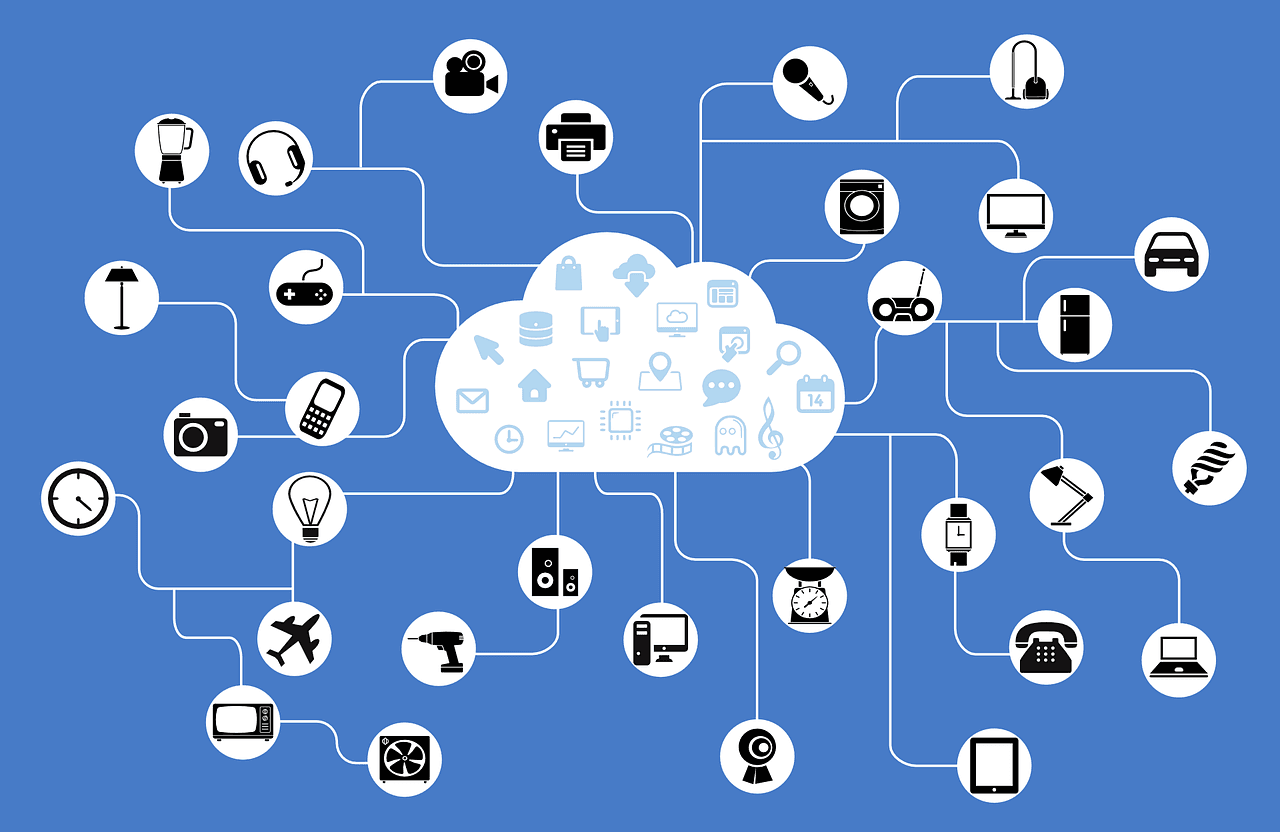
Development of the Internet of Things enabled creation of solutions which facilitate communication between things, processes and people. The growing number of devices connected to the Internet indicates that the Internet of Things is constantly growing and improving. It already covers electrical equipment, machinery, buildings and infrastructure.
IoT integrates the digital world with the physical world. It makes the Internet a platform not only for people, but also for smart devices that can communicate with each other, and thus can take various actions based on the information that they exchange with one another. The IoT technology also enables automatic data entry and collection that can be sent to the central system via the Internet and used to take the right actions.
DevSecOps - how coding meets security for maximum protection
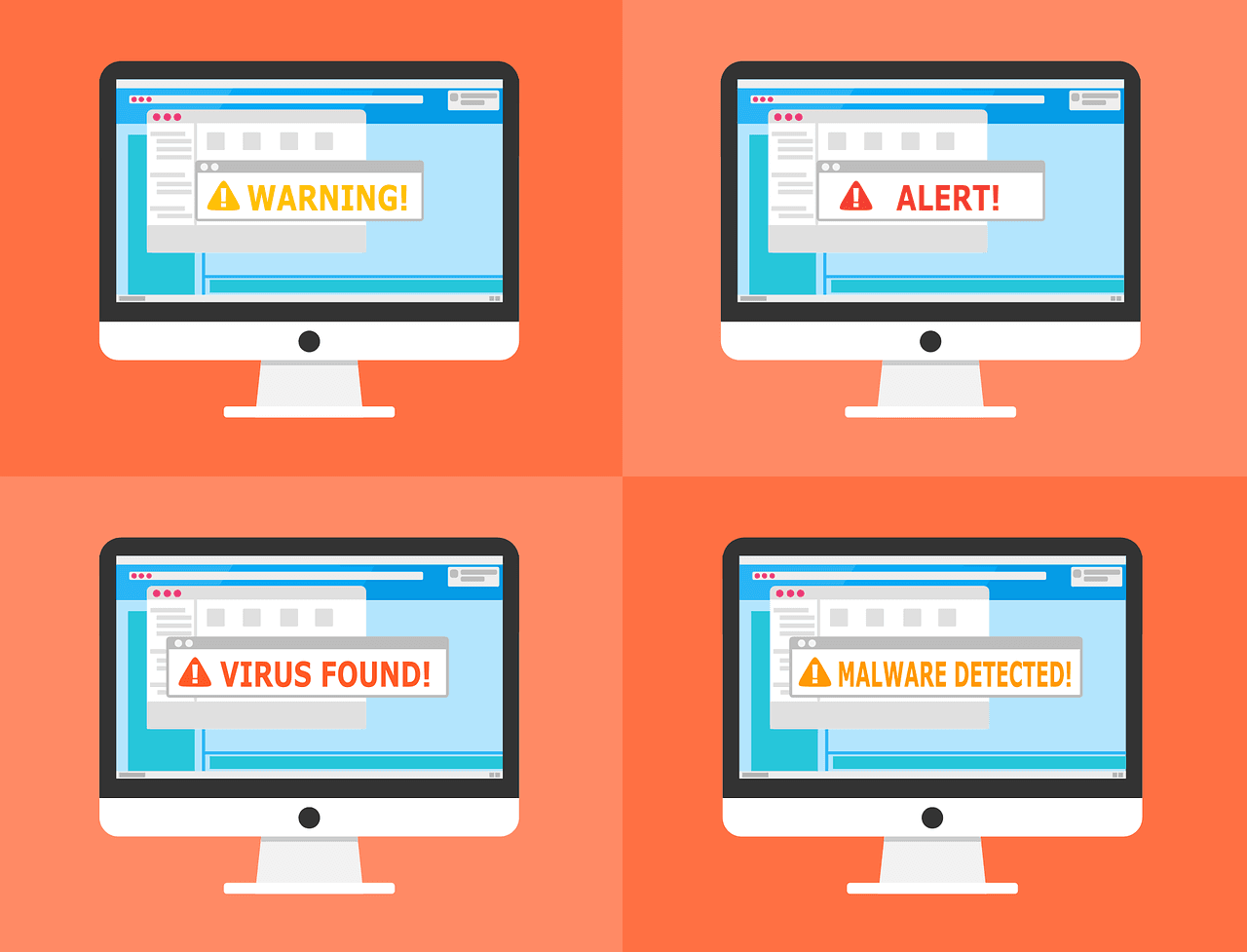
Combination of software development teams (Dev) with its maintenance (Ops) and security department (Sec). It is a way to build, deliver, and deploy apps faster, with protection from the very beginning of coding. DevSecOps is an organizational and technical methodology. It combines project management workflows with automated IT tools. DevSecOps integrates active audits and security tests with development, thanks to which security is built into the product, not applied to the finished application.
Software companies wanting to develop processes and reach for new tools should, in particular, focus on security. DevSecOps is a recurring process that should be constantly applied to any code you create. Due to the fact that the number of cyberattacks against software is increasing, more effective security measures should be developed. Safety should become a priority.
Top software development trends to watch out for
The IT world is constantly evolving. With the ever-accelerating pace of change in technology, forecasting the future of custom software development for B2B businesses is difficult, but not impossible. IT companies should follow the latest revolutionary events in the industry because in this way they can quickly acquire new, necessary skills, increase their potential and keep up with the competition. However, the most important thing is that thanks to new technologies, they can also provide their customers with the highest quality of services and take their business to new heights - above the competition.
The ultimate future tool for software developers - AR, VR, and MR
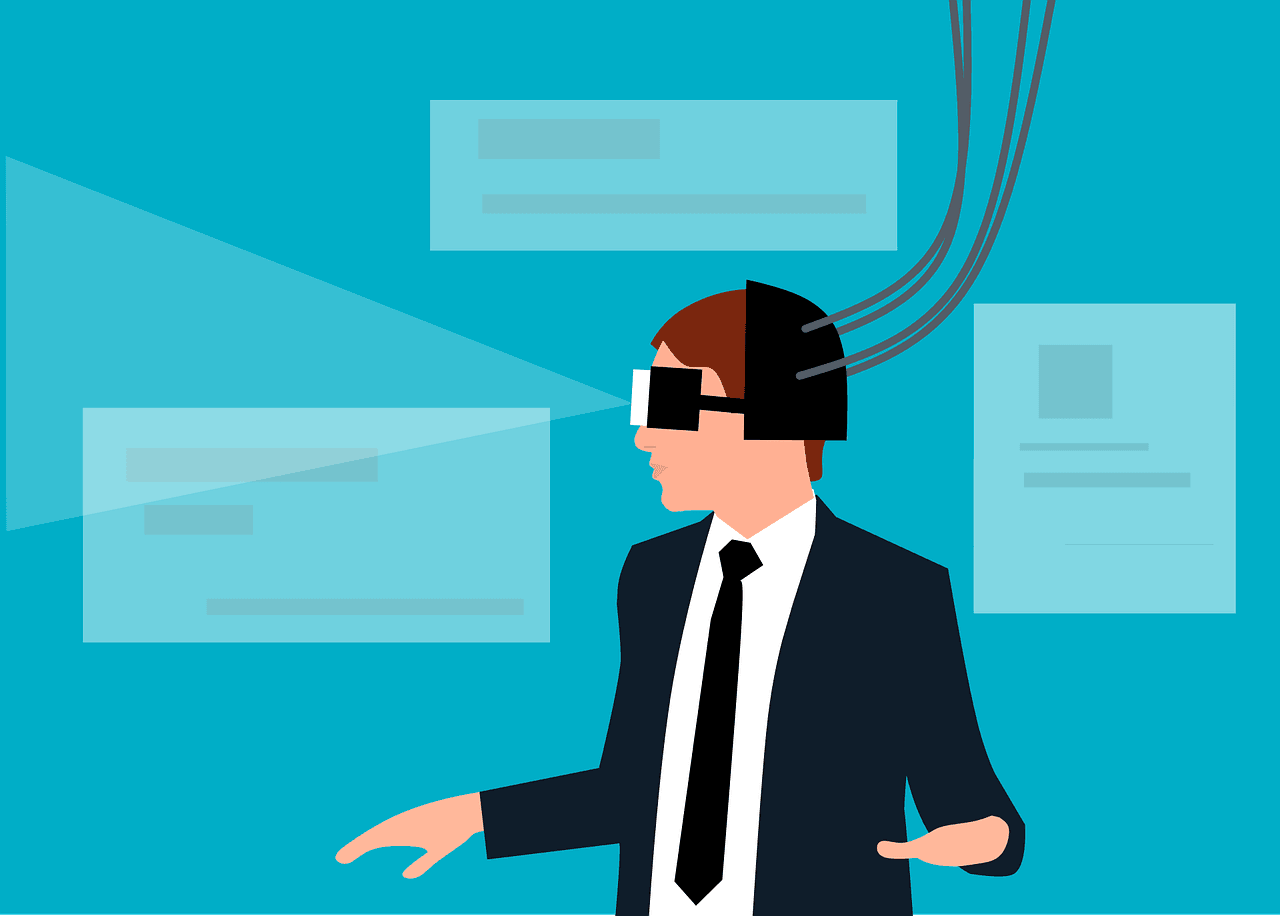
Virtual reality, augmented reality and mixed reality are very much in the trends for the coming years because they arouse great interest among users. Each of the above has different characteristics.
Virtual reality (VR) is a computer simulation that can replace reality. Being in it, there is no contact with the real environment. VR is used, for example, to create films that surround us from all sides, i.e., you have the impression that you are in the middle of the action. Videos of this type are recorded with a special camera and watched with specially designed VR goggles.
Augmented reality (AR) enables the observation of the real world, on which virtual elements are superimposed, usually on the screen of some device, usually mobile. AR is used in computer games such as Minecraft Earth, in which, for example, you can build a world out of hexagons.
Mixed Reality (MR) is a combination of both. Using special glasses, the real world is connected with the virtual one. It does not cut off from the environment, while allowing you to look at and interact with digital objects in three dimensions. MR is a solution used in all areas of industrial production, from facility planning to customer contact.
Progressive Web Applications (PWAs) revolutionizing UX for the better
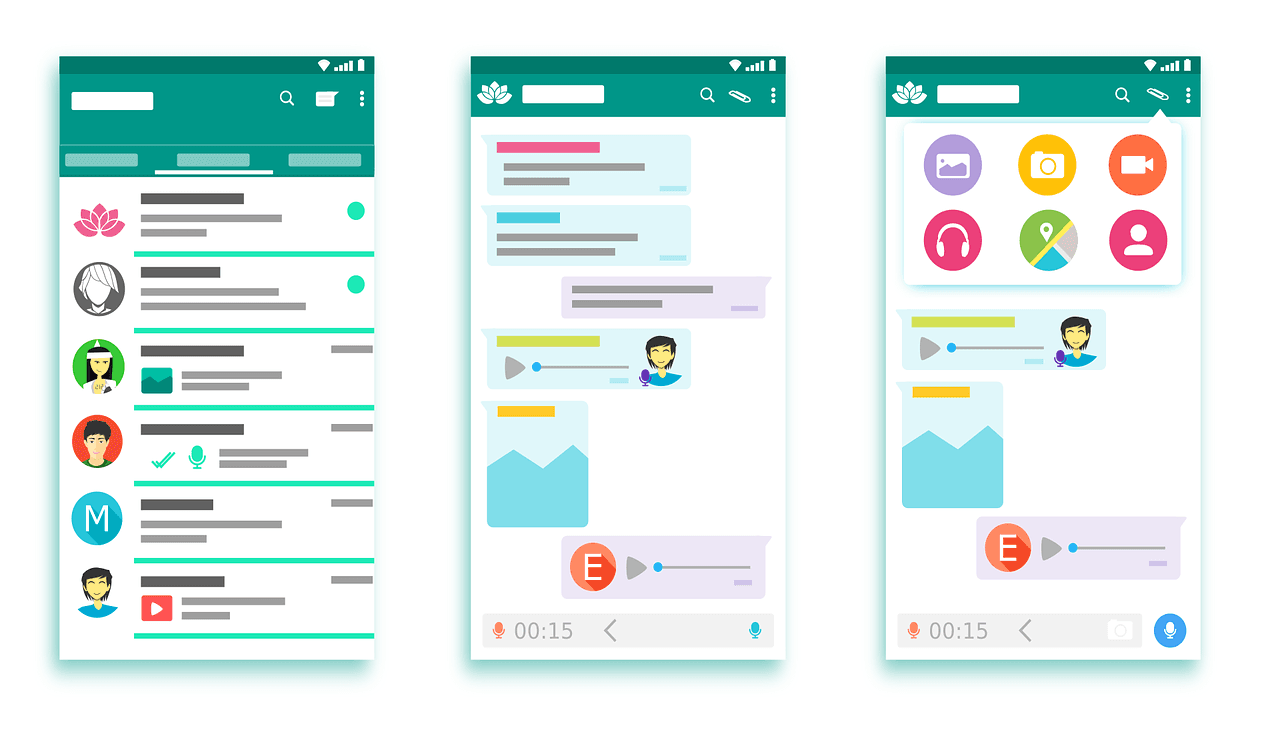
The Progressive Web Apps combine the best qualities of the web with features previously available solely in native apps. PWAs function in the browser like a standard page. They are completely connected to the network infrastructure of search engine links and indexes. However, you can run them from the icon on the home screen, send notifications and load them in a very short time. Progressive Web Apps are an enhancement to the site, updating it in line with current practices and using cutting-edge web technologies to provide an experience similar to a mobile browser app.
PWA is a cross-platform, so it should have excellent UI and UX. This is essential for desktop and mobile applications. However, the version for smartphone users is a priority because there is a tendency that people, especially youth, use smartphones more frequently and do more and more things with the help of a phone. The more so that the smartphone is a device that is usually at hand.
Progressive Web Apps are suitable for any website because this solution allows you to upgrade the entire web UI and offers a fast, modern environment that improves key metrics.
Elevating AI Development with the power of TensorFlow
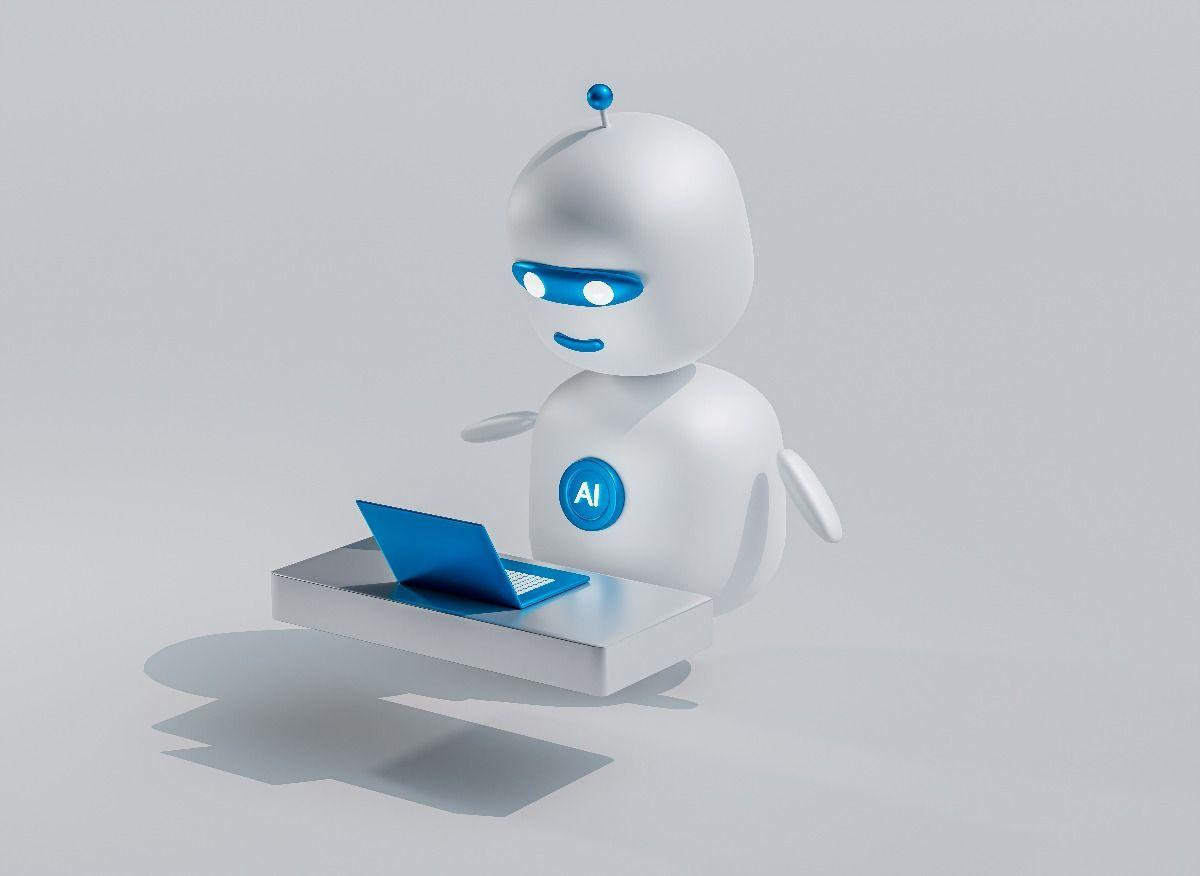
TensorFlow is a framework that was created by Google Brain specialists - a team of researchers working on deep learning artificial intelligence. It is used for analysis and machine learning. TensorFlow, as the name suggests, refers to the way neural networks work, i.e., various mathematical tasks performed using multidimensional data arrays (in mathematical nomenclature, these are tensors).
Using the TensorFlow library, you can prepare the infrastructure for specific activities, e.g., making a model through neural network training, recognizing sounds and images, and controlling robots. It was created to imitate the human brain in the process of learning and reasoning.
TensorFlow is distinguished by its ability to model computations on mobile devices used by everyday consumers and on world-class multi-GPU servers. It guarantees the scalability of machine learning between devices and gadgets with a small amount of code change, and this raises the level of development of AI.
Internet of Behavior (IoB) - utilizing data science for user research and insights
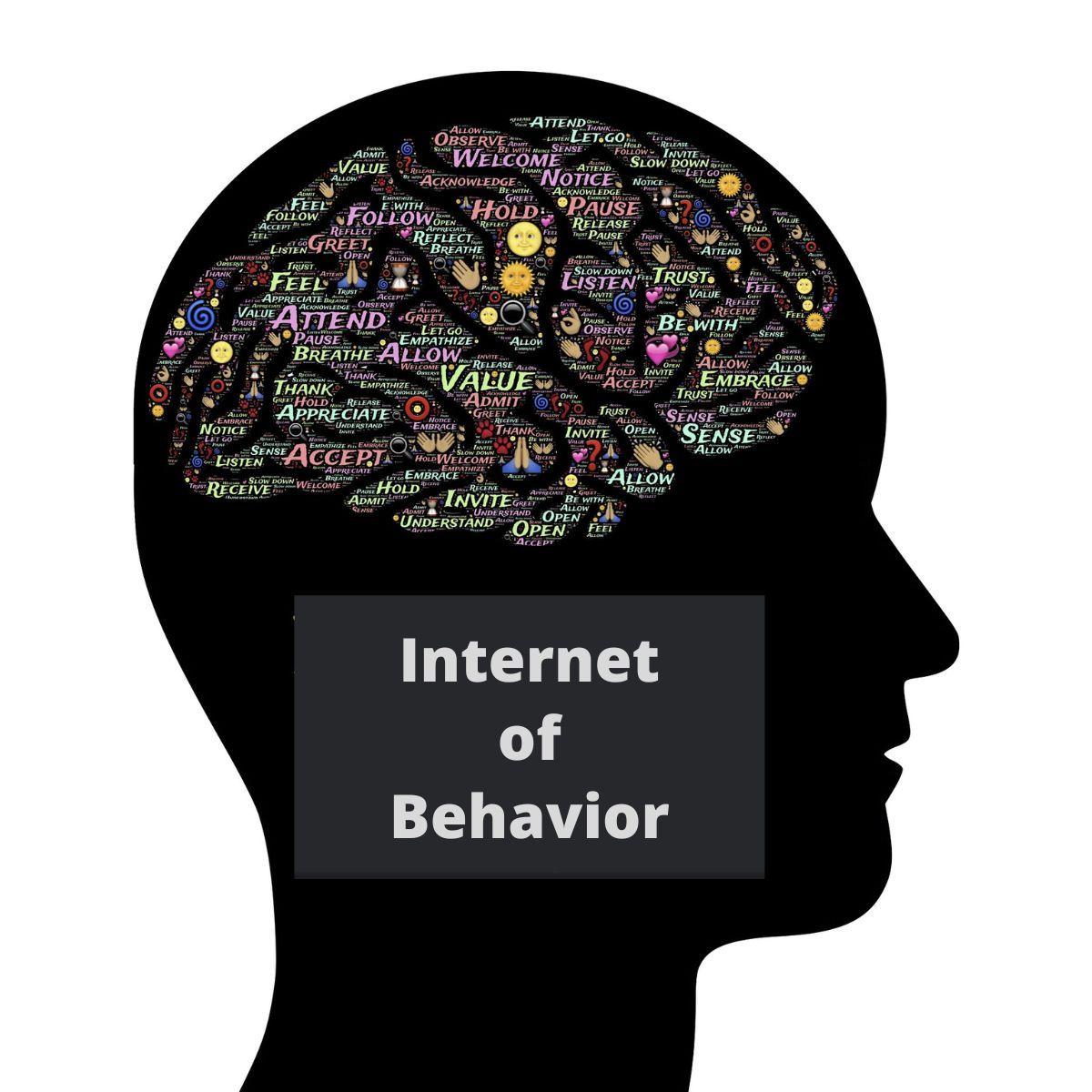
The Internet of Behavior (IoB) is a technology that deals with the collection, combination and processing of data used to change the behavior of users. To collect data about consumers, IoT technology is used, i.e., a network of devices that co-operate with each other and collect various types of information about users.
Another source of data collection are websites and search engines that create a specific pattern of online consumer behavior. For example, when buying a product over the Internet, we leave there our trace, i.e., information about our purchase. This data can be used by the seller to persuade the customer to buy another product, e.g., a related one. The collected information will be the basis for entrepreneurs on which they can plan strategic sales, development and marketing activities.
5G Networks - improving speed of mobile connection to widen the chances
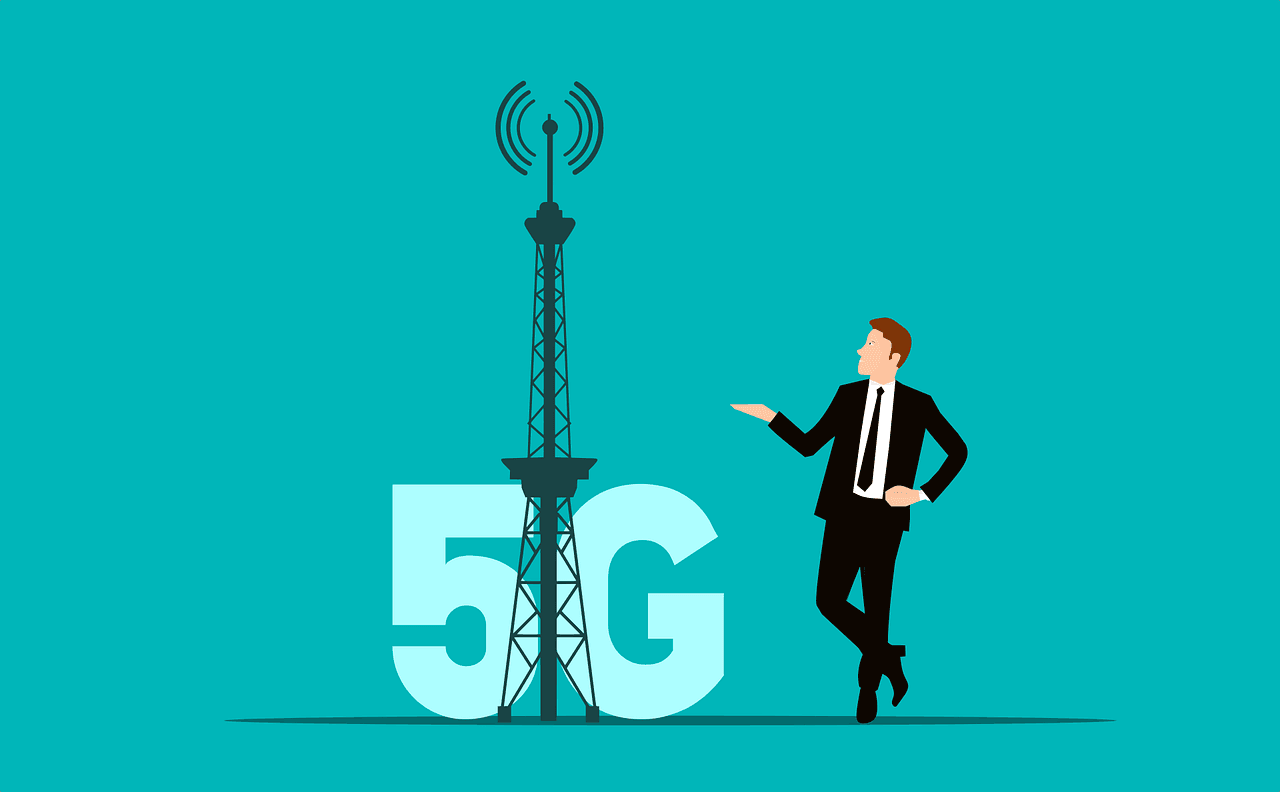
The 5th generation of mobile networks is the technological standard for mobile broadband. It is distinguished by high speed and capacity as well as low delays in data transfer. With such good parameters, the 5G network has potential not only as classic Internet access, but above all in the development of various types of infrastructure, e.g., smart cities, agriculture or energy systems.
Thanks to the use of the 5G network, it is possible to increase cybersecurity with new features that can only be used with the latest generation of wireless connection. The introduction of the 5G network has an impact on the IoT because it will greatly accelerate the connection of devices to people and to each other. It is also an opportunity for the development of transport, but also for the automotive industry because cars will be able to communicate with each other and with urban infrastructure facilities to notify about threats and inform about traffic jams. Live broadcasts and support for virtual and augmented reality gadgets will also be at a better level.
Contact us and take advantage of the latest technologies.
Innovation On the Horizon - Future of Software Development
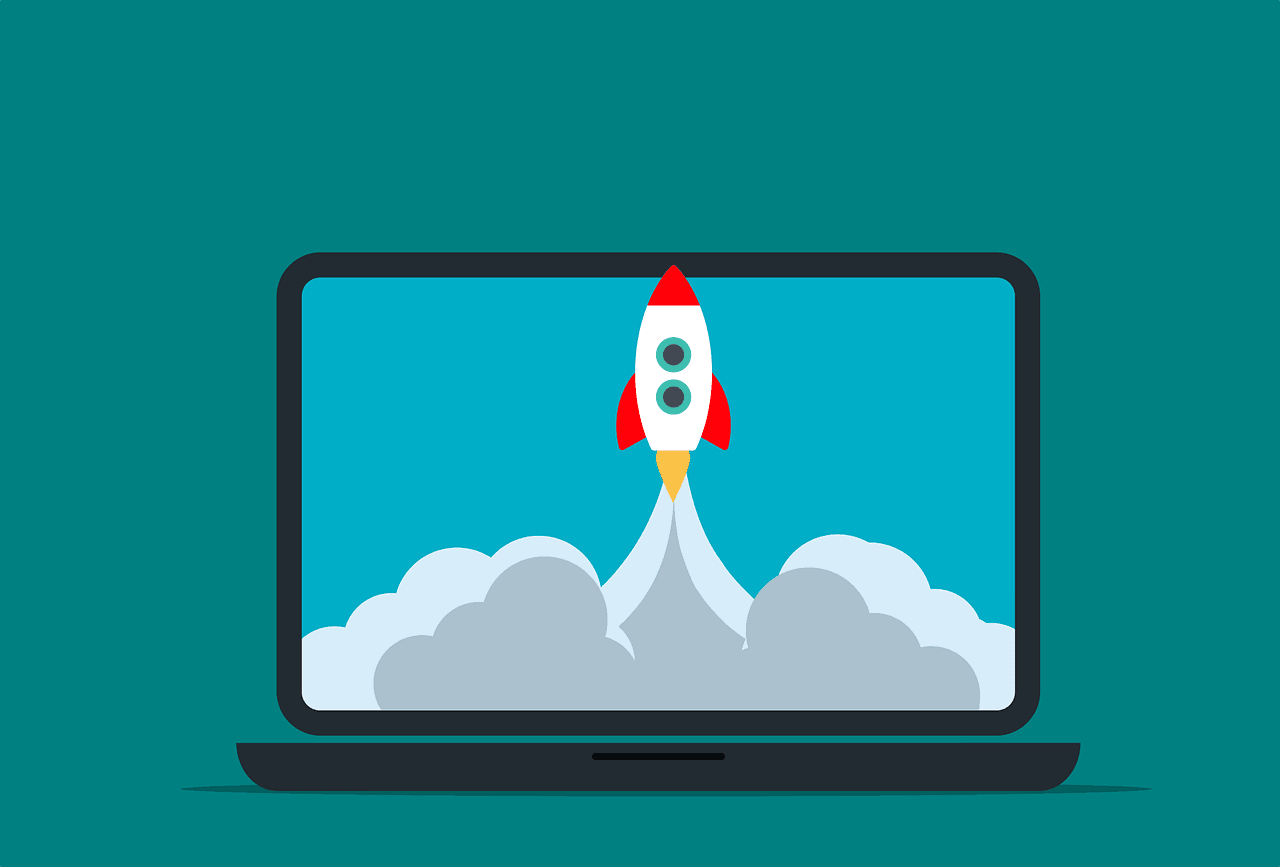
Software companies must follow the latest software development trends. They should also integrate IT transformations, ways of using business data, and check their management systems. With the future of IT, there are opportunities that well-prepared enterprises can take advantage of. It would also be necessary to consider investments in the area of IT infrastructure, as well as organizational cooperation in the field of best practices. However, it would be best to set new trends yourself.
Accelerating software development with Low-Code/No-Code (LCNC) solutions

One of the trends is the low-code development and no-code programming. In the near future, we can expect an even greater increase in the popularity of this type of custom software development platform. These platforms allow you to develop custom coding without the need for specialized knowledge or experience in this field of programming languages.
We can expect B2B companies to implement no-code and low-code development platforms for custom software building. This will speed up the application development process and reduce costs. It will also enable companies to develop custom software solutions that meet unique business needs.
There are also disadvantages of such coding, for example, there may be problems related to the security of enterprise software. Mainly due to the simplicity of the no-code or low-code solution, hackers breaking into the program have access to all solutions created with it, and the creators cannot protect themselves against it.
Problems with the operation of a software development application can significantly disrupt workflows, cause problems with customer processes, and break established end-user application functionality. Although low-code and no-code are becoming more and more popular, they should be improved enough to provide security as well.
Microservices - game-changer for effortless deployment and scaling
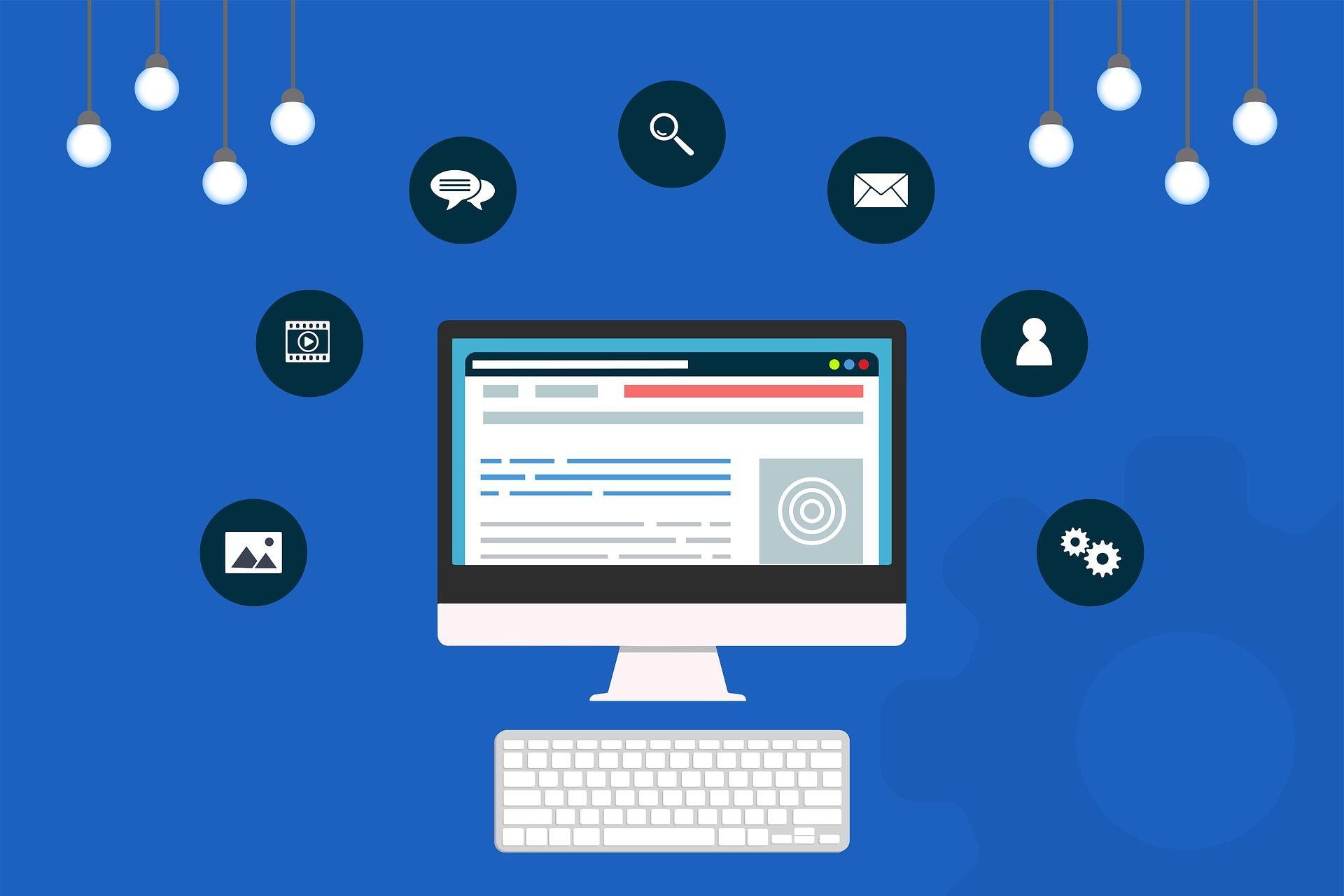
Microservices are components, processes or services that provide specific functionality, independently of other parts of the system. They are shaped, implemented and maintained autonomously. They enable developers to work on application elements without interfering with its entire architecture and speed up the software development process.
The technology stack for processing tasks in a microservice can be chosen freely, independently of other microservices. The use of microservices prevents the failure of the entire system. In case of problems, it disables one of the functions it supports, not the entire application or other microservices.
The advantage of microservices is that developers do not have to worry about administering operating systems, scaling servers as the load increases, and paying for the resources actually used means savings on IT infrastructure costs. Small components are easier and cheaper to test, and independent development of functionality again saves time and money.
Microservices work very well because it is much easier to implement new technologies emerging from the growing expectations of customers.
Leveraging the expertise with software outsourcing and custom solutions
Outsourcing IT is the use of third-party services to handle software-related processes and tasks, e.g. custom software solution development. On the basis of a written contract, external resources are used to achieve business goals. It is usually used in areas that require specialized knowledge.
In the IT industry, which is characterized by dynamic development, frequent use of new solutions and systems, it requires constant updating of existing knowledge. The changing environment enforces the need to train employees, which generates considerable expenses. Hiring and retaining IT staff is also very expensive, which is why it is profitable to use the services of external companies. The company not only avoids unnecessary expenses, but also has quick access to highly qualified experts with extensive knowledge.
By using the services of an external company, you can try non-standard solutions, e.g., software designed with your needs in mind. Such software is created according to strictly defined guidelines, tailored to specific requirements. Having non-standard solutions, the product becomes unconventional and more functional for a specific group of users, and thus gains a competitive advantage over companies using commercial software.
Blockchain technology expanding above cryptocurrency usage
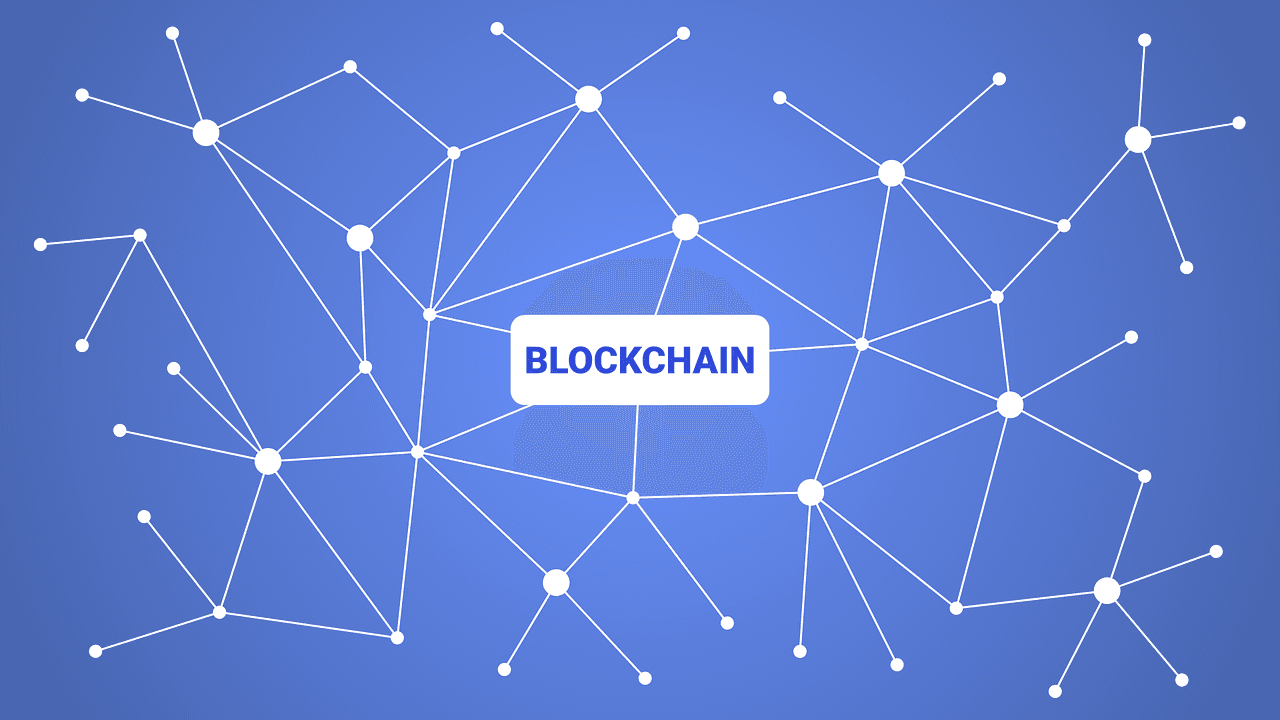
Blockchain is a method of segregating and storing data in sequentially ordered blocks. The collected data is stored in the network and forms one virtual chain. The advantage of distributed data is constant access and no risk of data loss. Blockchain ensures the transparency of records and guarantees the confidentiality and anonymity of users.
The functionality of the blocks is independent of the supervision of various institutions and regulations. This means that cryptocurrencies are not subject to inflation or exchange rate fluctuations. Thanks to blockchain technology, it is possible to transfer cryptocurrencies without the involvement of banks, and all transactions are recorded in a public register. They are safe, because breaking the blockchain network would probably require the computing power of half of the internet. The system is decentralized, which means that there are many existing copies of it, and everyone has access to it.
Blockchain solutions function not only in such fields as IT and cryptography or finance, but they are also used in business and, increasingly, in other areas of social and economic life.
One of these fields which incorporated blockchain solutions is the medical industry. Thanks to the use of this technology, it would soon be possible to store all medical records under one encrypted address. In a short time, the specialist would have access to all important information without having to use paper documentation. This would simplify the administrative work of the health service and the treatment of patients.
Another industry where the potential of blockchain is used is the energy sector. It helps in settling energy purchase and sale transactions between its micro producers, e.g., households, and their customers, i.e., energy recipients.
An example is also the music industry because we use streaming services more and more often. Using the blockchain, saving the work by the performer would confirm that they are the only author and would not allow its copying. It would also allow for constant monitoring of the spread of their work.
Harnessing the power of Edge Computing
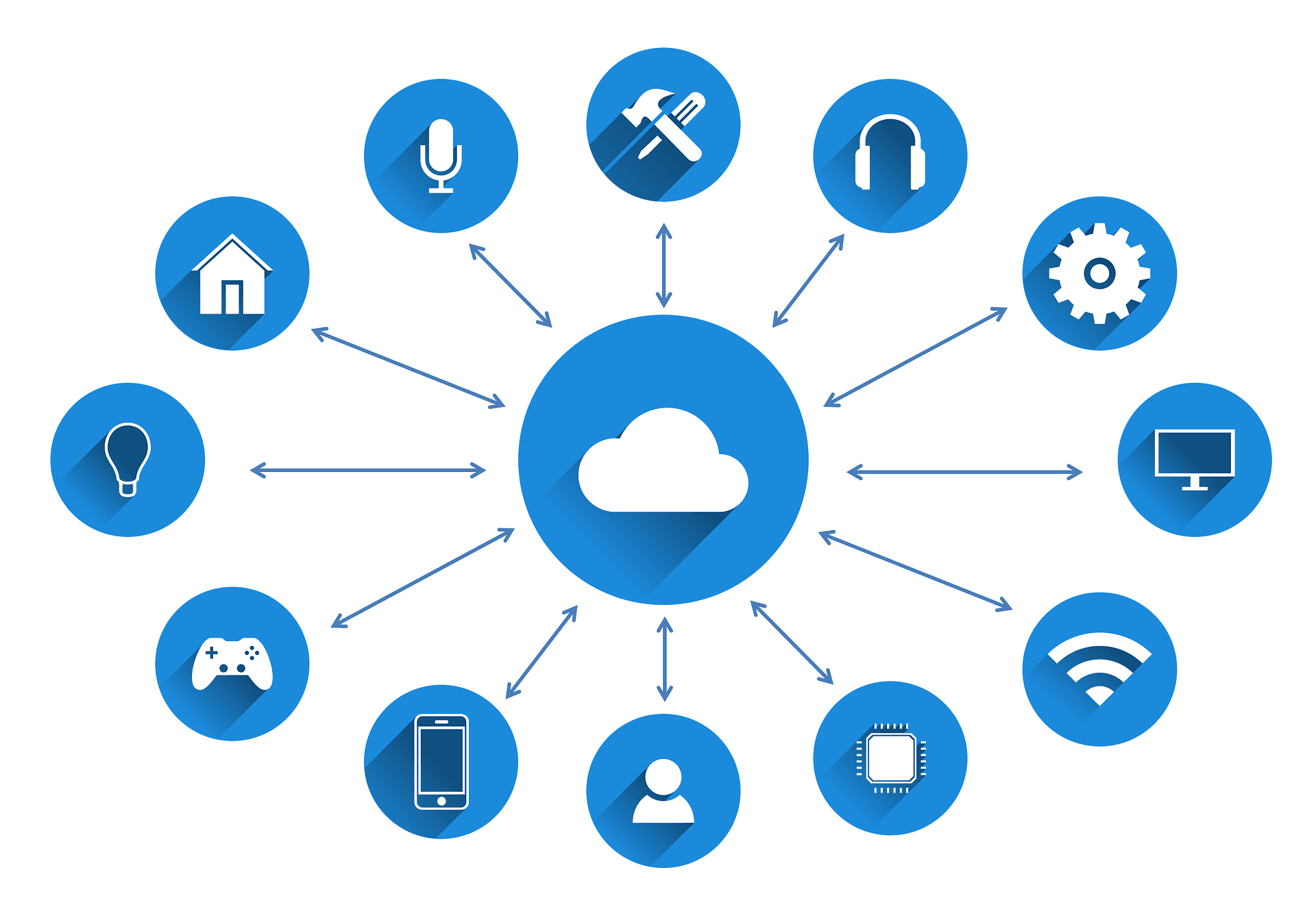
Edge computing is the processing and storage of data by end devices, controllers or micro data centers operating close to the source where the data is generated (e.g., at the edge of the network). As a result, fewer processes take place in the cloud. This solves problems with data transmission over long distances and occasional delays. Edge computing slightly changes the perspective of using the cloud because instead of collecting and analyzing all data streams (often useless) it will be possible to focus the cloud on processing valuable information and the need to archive data.
The use of edge computing can be mainly associated with IoT because it ensures the stability of communication between devices by limiting the amount of data generated and transmitted in networks. It also reduces delays related to the reaction to recording events, e.g., in the case of drones, robots and similar devices. Their reaction to recorded events must be immediate. Delays related to the transfer and analysis of data in the central system must be as short as possible.
Edge processing can also be used to analyze surveillance footage in real time to ensure the security of a selected facility. Entrepreneurs, on the other hand, will obtain the necessary information about customers faster, and thanks to this they will be able to quickly prepare offers tailored to their individual needs.
Conclusion
The future of custom software development continues to evolve. Customers of IT companies and application users see value in non-standard solutions and willingly use them. The ability to use the newest trends strengthens the IT industries and gives more options to improve processes in all areas. It also has a huge impact on the development of enterprises that improve their processes with the help of tailor-made software, play a significant role in their success and increase their business potential.
Schedule a free meeting and get to know how you can streamline processes in your company.

